The Ultimate Guide to What You Should (and Shouldn't) Put in the Dryer
When it comes to laundry, knowing what items are safe to toss in the dryer can save you a lot of hassle and money. While a tumble dryer is a convenient tool, it’s not suitable for every fabric. Improper dryer use can lead to damaged clothing, shrunken fabrics, and even ruined garments. On the flip side, following the right guidelines can help you protect your clothes, maintain their quality, and extend their lifespan.
In this guide, we will walk you through which items are suitable for tumble drying, which ones aren’t, and how to use your dryer efficiently and safely.

Items you should never put in the dryer
Certain fabrics and materials simply don’t mix well with the heat and tumbling action of a dryer. These items can easily get damaged, lose their shape, or even melt. Here’s a closer look at the materials you should always air dry:
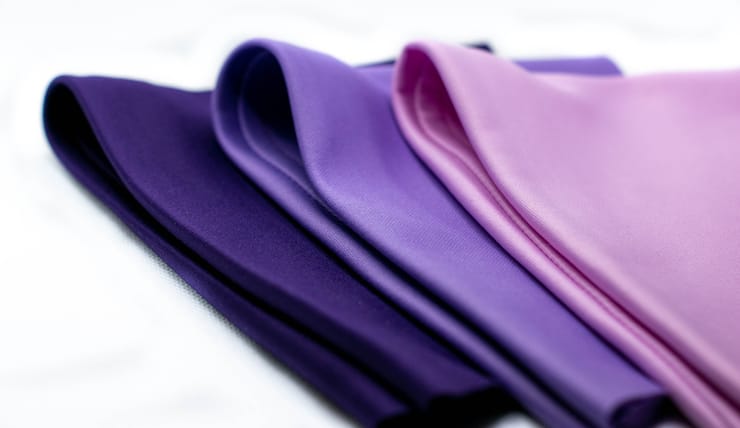 Lycra and elastic materials: While your workout clothes and
stretchy garments may seem durable, the heat of the dryer can break down elastic fibers, causing
them to lose their stretch over time. Avoid tossing yoga pants, leggings, and bras in the dryer to
keep them in top shape.
Lycra and elastic materials: While your workout clothes and
stretchy garments may seem durable, the heat of the dryer can break down elastic fibers, causing
them to lose their stretch over time. Avoid tossing yoga pants, leggings, and bras in the dryer to
keep them in top shape.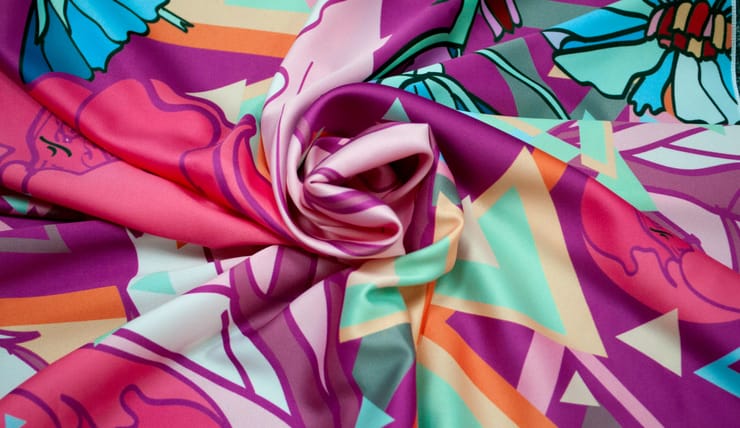 Silk: This delicate fabric is prone to shrinking and losing its
luster when exposed to high temperatures. To preserve the natural shine and softness of silk, always
air dry these garments.
Silk: This delicate fabric is prone to shrinking and losing its
luster when exposed to high temperatures. To preserve the natural shine and softness of silk, always
air dry these garments.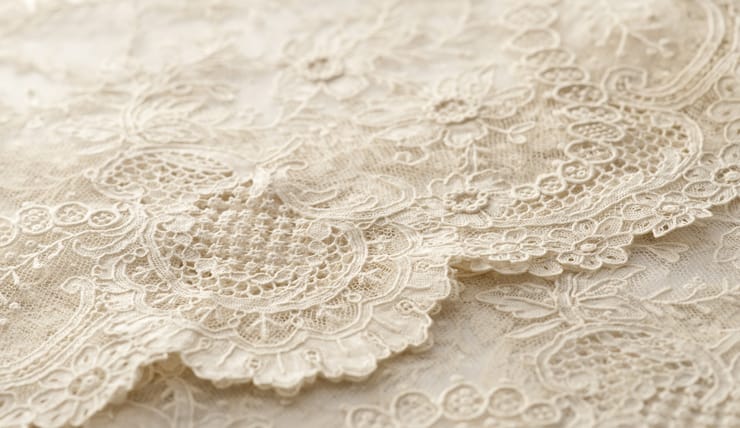 Delicate fabrics: Items such as lace, chiffon, and tulle are
too fragile for the dryer. The tumbling motion can cause them to tear or lose their delicate
structure. It’s best to hang these items or lay them flat to dry.
Delicate fabrics: Items such as lace, chiffon, and tulle are
too fragile for the dryer. The tumbling motion can cause them to tear or lose their delicate
structure. It’s best to hang these items or lay them flat to dry.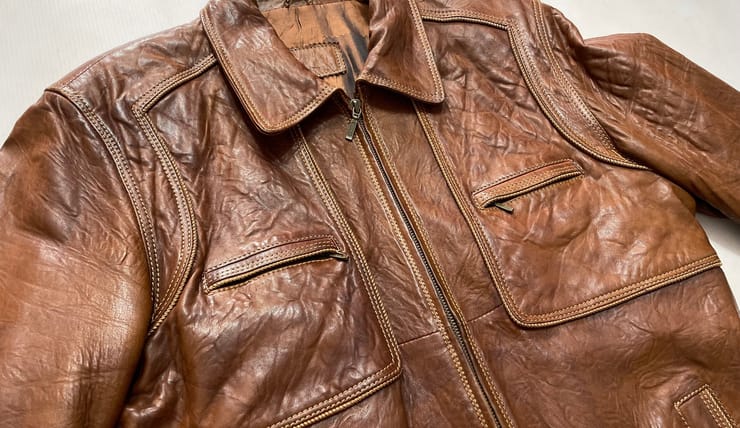 Leather, faux leather, and suede: These materials can be
damaged by heat, leading to cracking, stiffness, and loss of shape. Whether it’s real or faux
leather, always let these items dry naturally.
Leather, faux leather, and suede: These materials can be
damaged by heat, leading to cracking, stiffness, and loss of shape. Whether it’s real or faux
leather, always let these items dry naturally.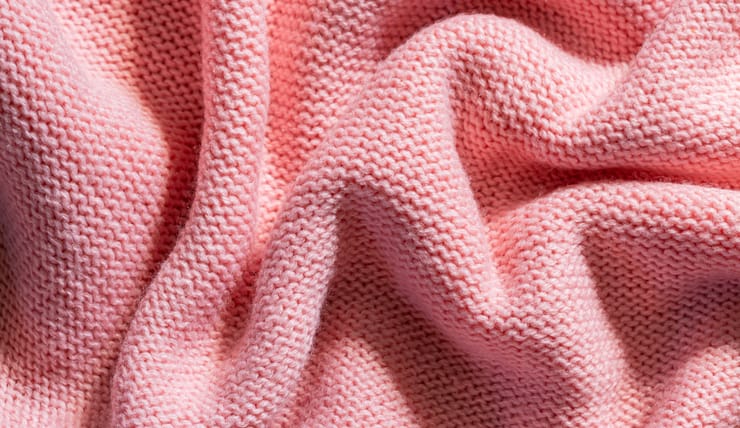 Wool: While some wool items may be labeled as machine washable,
the dryer is a different story. Wool can shrink dramatically in the dryer, often resulting in a
garment several sizes smaller than when you started. Opt for air drying to maintain the integrity of
your woolen clothes.
Wool: While some wool items may be labeled as machine washable,
the dryer is a different story. Wool can shrink dramatically in the dryer, often resulting in a
garment several sizes smaller than when you started. Opt for air drying to maintain the integrity of
your woolen clothes.Items you can safely put in the dryer
On the other hand, some materials are perfectly fine to dry in your tumble dryer, as long as you follow the proper settings and precautions. Here are some common items that can withstand the heat:
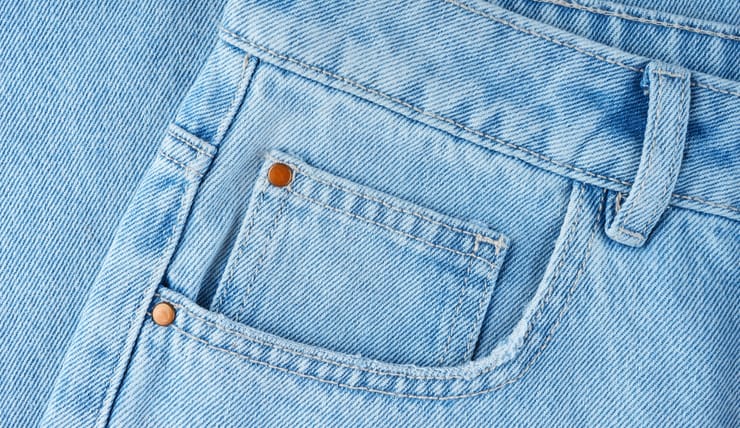 Denim: Jeans and denim jackets are typically tough enough for
the dryer. To avoid shrinkage and maintain the color, it’s best to dry them on a low or medium heat
setting. Turning them inside out can also help preserve their appearance.
Denim: Jeans and denim jackets are typically tough enough for
the dryer. To avoid shrinkage and maintain the color, it’s best to dry them on a low or medium heat
setting. Turning them inside out can also help preserve their appearance.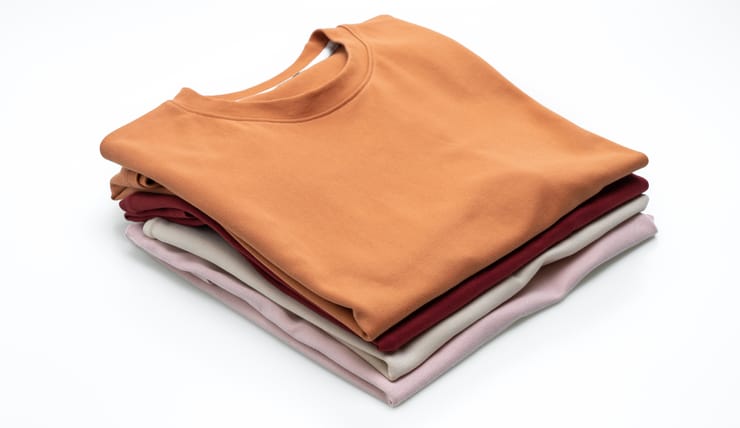 Cotton: This popular fabric is generally dryer-friendly.
However, be mindful of shrinkage, especially with 100% cotton items. Drying on a low setting or
removing them while slightly damp can help mitigate this risk.
Cotton: This popular fabric is generally dryer-friendly.
However, be mindful of shrinkage, especially with 100% cotton items. Drying on a low setting or
removing them while slightly damp can help mitigate this risk.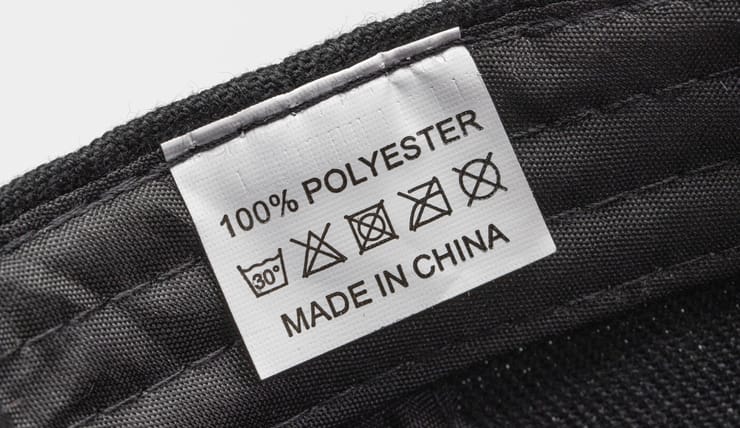 Polyester blends: These synthetic fabrics are usually safe for
the dryer and are less likely to shrink compared to natural fibers. A medium heat setting is often
ideal for drying polyester blends efficiently.
Polyester blends: These synthetic fabrics are usually safe for
the dryer and are less likely to shrink compared to natural fibers. A medium heat setting is often
ideal for drying polyester blends efficiently.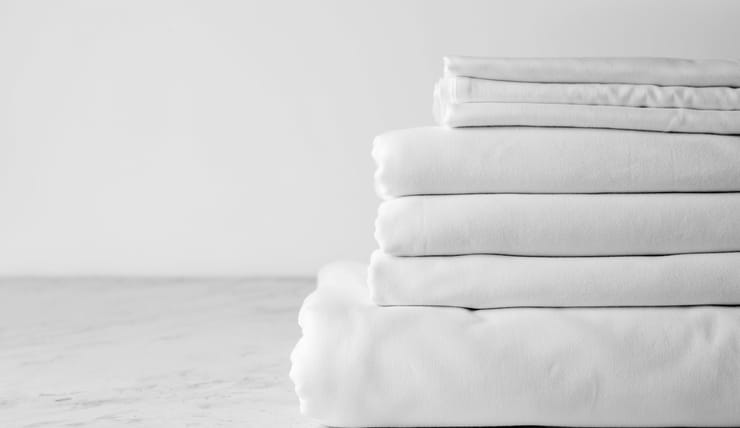 Bedsheets and pillowcases: These items can go in the dryer
without much concern. Just make sure not to overload the dryer, as it can lead to uneven drying and
wrinkling.
Bedsheets and pillowcases: These items can go in the dryer
without much concern. Just make sure not to overload the dryer, as it can lead to uneven drying and
wrinkling.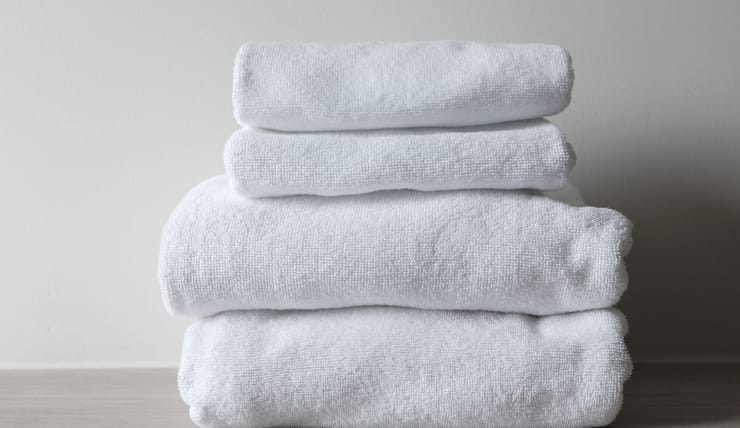 Towels: Cotton towels can be dried on a high heat setting,
which helps to fluff them up and maintain their absorbency. However, be cautious with decorative or
embroidered towels, as the high heat might cause damage to these embellishments.
Towels: Cotton towels can be dried on a high heat setting,
which helps to fluff them up and maintain their absorbency. However, be cautious with decorative or
embroidered towels, as the high heat might cause damage to these embellishments.Impact of different dryer types on clothing
Not all dryers are created equal, and the type of dryer you have can affect the drying process and the care of your clothes. Understanding the differences can help you make better decisions about how to dry various items.
Condenser tumble dryers
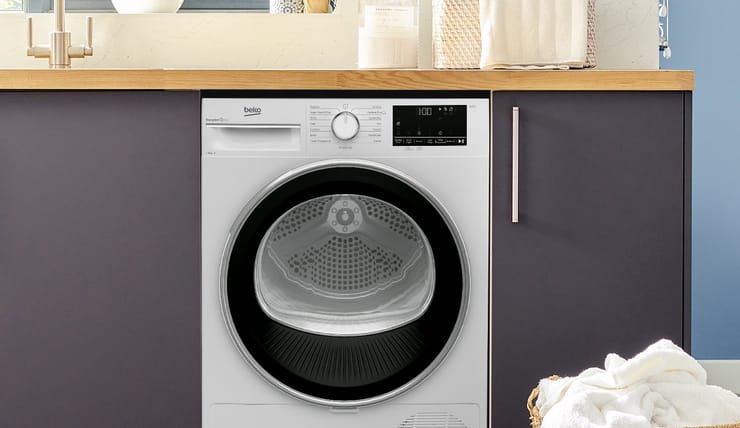
Condenser dryers work by extracting moisture from the clothes and collecting it in a water tank. While they are convenient and easy to install, they can sometimes cause clothes to smell musty if the water tank isn’t emptied regularly or if the dryer isn’t properly ventilated. To avoid this, make sure to clean the lint filter after every cycle and check that the water tank is emptied and cleaned frequently.
Heat pump tumble dryers

Heat pump tumble dryers are more energy-efficient compared to traditional condenser or vented dryers, as they recycle hot air to dry clothes at lower temperatures. This makes them gentler on fabrics and less likely to cause shrinkage or damage. If you’re concerned about your clothes’ safety, a heat pump dryer is a good investment. However, it’s important to note that these dryers tend to have longer drying times, so patience is key.
Vented dryers

Vented dryers expel moist air outside through a vent or hose, ensuring a consistent drying cycle. While effective at drying clothes quickly, the high heat can be harsh on delicate items. It’s crucial to separate delicate fabrics from tougher ones to avoid damage. With no water tanks to empty or internal components to clean, maintenance is minimal—simply make sure to regularly clean the lint filter and keep the vent clear.
General tips for safe and efficient tumble drying
To keep your clothes in the best possible condition, follow these general tips for using your tumble dryer:
FAQs
Can a condenser tumble dryer cause clothes to smell?
Are heat pump tumble dryers safer for clothes?
Do tumble dryers ruin clothes?
Are wool dryer balls safe to use?
Does a tumble dryer cause clothes to shrink or run?
What should I do if my clothes are damaged by the dryer?
By understanding what materials can and cannot be safely dried in a tumble dryer, you can keep your clothes looking their best and avoid costly mistakes. With the right knowledge and a few simple precautions, you can make the most of your tumble dryer while protecting your favourite garments. To ensure you have a high-quality dryer that suits your needs, explore Beko’s range of tumble dryers. Our models are designed with advanced features to protect your clothes and offer efficient, effective drying.



